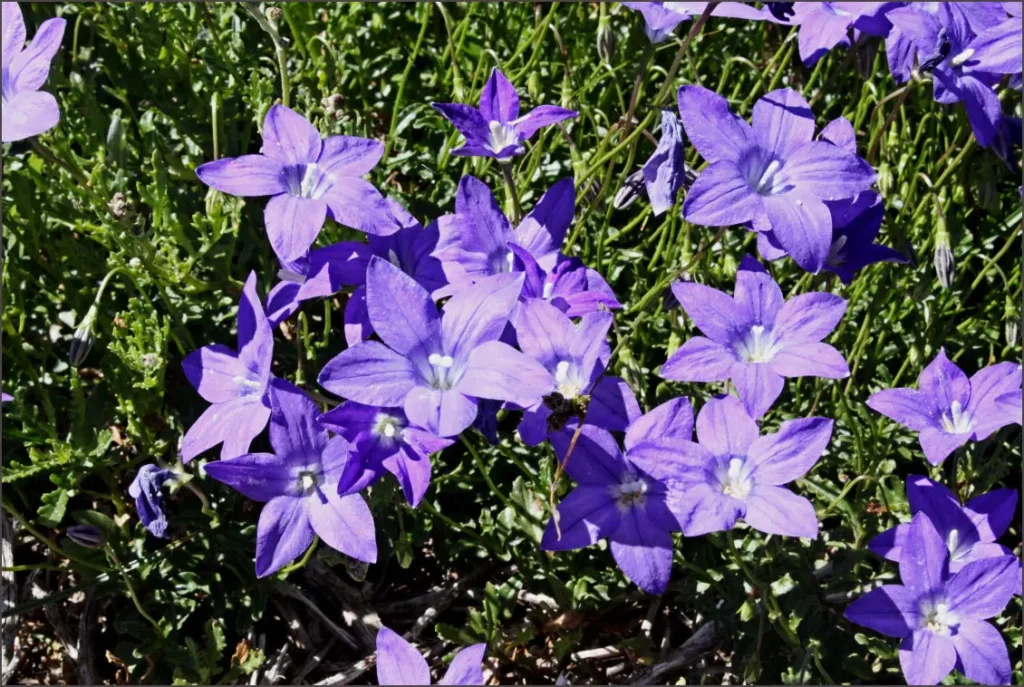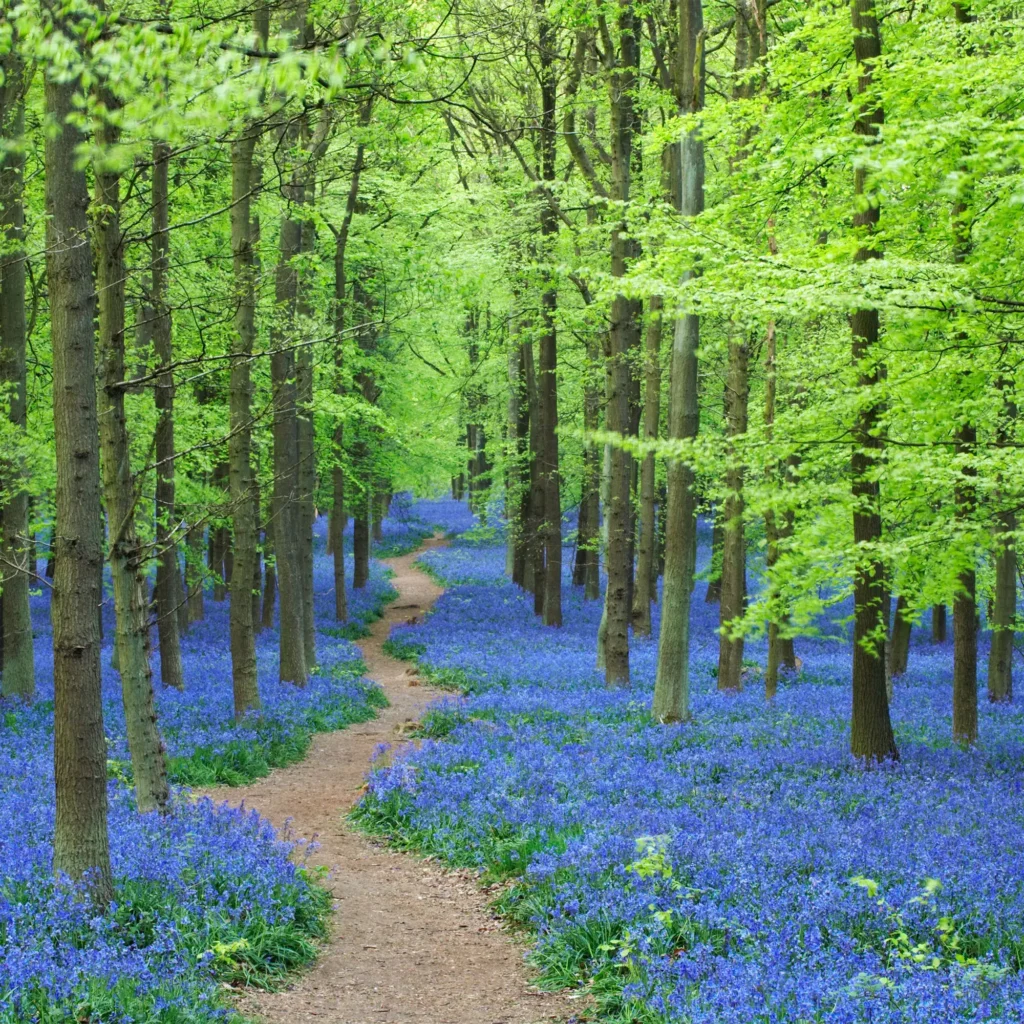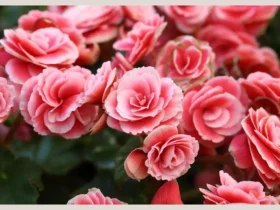The Royal Bluebell, scientifically known as Mertensia pulmonarioides, is a stunning flowering plant that graces the woodlands with its delicate beauty. Native to North America, this perennial herb is cherished for its vibrant blue flowers, graceful form, and enchanting fragrance.
One of the distinguishing features of the Royal Bluebell is its elegant flower clusters. The bell-shaped flowers hang in graceful clusters, showcasing a mesmerizing shade of blue. The blooms, which can vary in intensity from pale blue to deep indigo, create a striking contrast against the surrounding green foliage. Their delicate petals and intricate design make them a true spectacle of nature’s artistry.
Royal Bluebell images














Aside from their captivating appearance, Royal Bluebells also emit a delightful fragrance. When in full bloom, their sweet and slightly musky scent fills the air, attracting pollinators like bees and butterflies. The combination of visual beauty and aromatic allure makes the Royal Bluebell a favorite among nature enthusiasts and gardeners alike.
The Royal Bluebell thrives in shady woodland environments, preferring rich, moist soils with good drainage. They can often be found in forested areas, meadows, or along stream banks. Their foliage consists of soft, lance-shaped leaves that form a compact basal rosette, creating an attractive ground cover even when the plant is not in bloom.
In terms of care, Royal Bluebells are relatively low-maintenance plants. They prefer partial shade to full shade and require regular watering to keep the soil consistently moist. They are well-suited for naturalistic gardens, woodland landscapes, or shaded borders where their elegance can be fully appreciated.
Propagation of Royal Bluebells can be done through seeds or by dividing existing plants. If collecting seeds, it’s best to do so after the flowers have faded and the seed capsules have formed. Sowing the seeds in a suitable growing medium and providing them with consistent moisture will help them germinate and establish.
The Royal Bluebell’s presence in the woodland ecosystem extends beyond its aesthetic appeal. It serves as an important food source for pollinators and a shelter for small creatures seeking refuge. Its delicate blooms add a touch of magic and wonder to the natural world, creating a tranquil and serene atmosphere wherever they bloom.
In conclusion, the Royal Bluebell is a captivating plant that adds a touch of regal beauty to woodlands and gardens. Its stunning blue flowers, alluring fragrance, and adaptability to shade make it a cherished addition to any landscape. As you explore the depths of the woodland, keep an eye out for this majestic delight and allow yourself to be enchanted by its grace and elegance.








